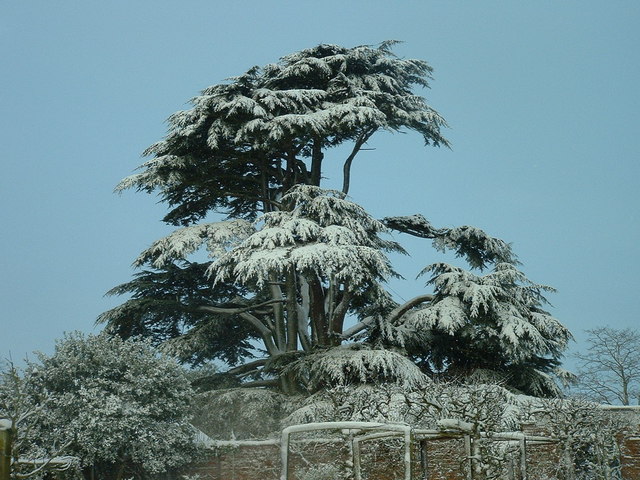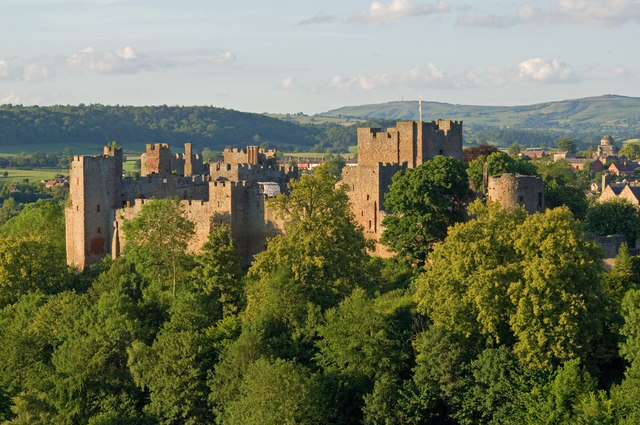The poet Alfred Lord Tennyson was born in 1809 in the village of Somersby in Lincolnshire.
Many of the lines in his work were inspired by the local landscape, for
example it was a small stream in the vicinity that formed the basis of The
Babbling Brook.
He also made frequent
references to the woods in the area – “The silent woody places”.
Being a member of the aristocracy, Tennyson had friends in
high places in the locality.
One of them
was Algernon Massingberd, the son of a local squire residing at
Gunby Hall, a
few miles from Somersby.
Tennyson, who
by all accounts had a sad family life as well as losing his closest friend at a
young age, paid regular visits to the hall, and must have found great solace
there.
The hall is now the property of
the National Trust, and visitors to the hall may notice a small framed picture
above the fireplace in
one of the rooms.
The picture includes a few short lines
describing the hall, and it is signed by Tennyson.
The line forms part of Tennyson’s poem “The Palace of Art”,
in which he imagines an art collection in a palace and its gardens constructed
by a man who converses with his soul.
One
of the pieces in the collection is described thus:
And one, an English home – gray
twilight pour’d
On dewy pastures, dewy trees,
Softer than sleep – all things in order
stored,
A haunt of ancient Peace
This is the verse reproduced in the picture above the
fireplace, and it is widely thought to have been inspired by Gunby Hall.
Another of Tennyson’s most famous poems, Maud, in which Maud
is urged to “come into the garden”, makes references to the “musk of the rose”.
This was also probably inspired by the
gardens of Gunby Hall, and there are still musk roses growing there today.
Another poem which may well have been
inspired by the gardens of Gunby Hall is “The Gardener’s Daughter”.
The gardens have changed a bit since Tennyson frequented them,
but some features remaining would have been there at that time, such as the
pigeon house and the garden seat against the west wall.
As for the plants, there is a cedar of
Lebanon which was planted in 1812 by Algernon’s father.
 |
| Cedar of Lebanon Gunby Hall gardens - geograph.org.uk - 1352099. Photo by Paul Gray, via Wikimedia Commons. |
Gunby Hall is a few miles inland from Skegness, at the
south-east edge of the Lincolnshire Wolds AONB.
In normal times (not currently, obviously), the hall, estate and gardens
are open to visitors, who can visit three floors of rooms full of collections
dating from 1700, as well as the eight acres of gardens.
Map of the area.



.jpg)


_-_geograph-2684320.jpg)



,_Aged_31_John_Opie_(1761%E2%80%931807)_Keswick_Museum.jpg)















